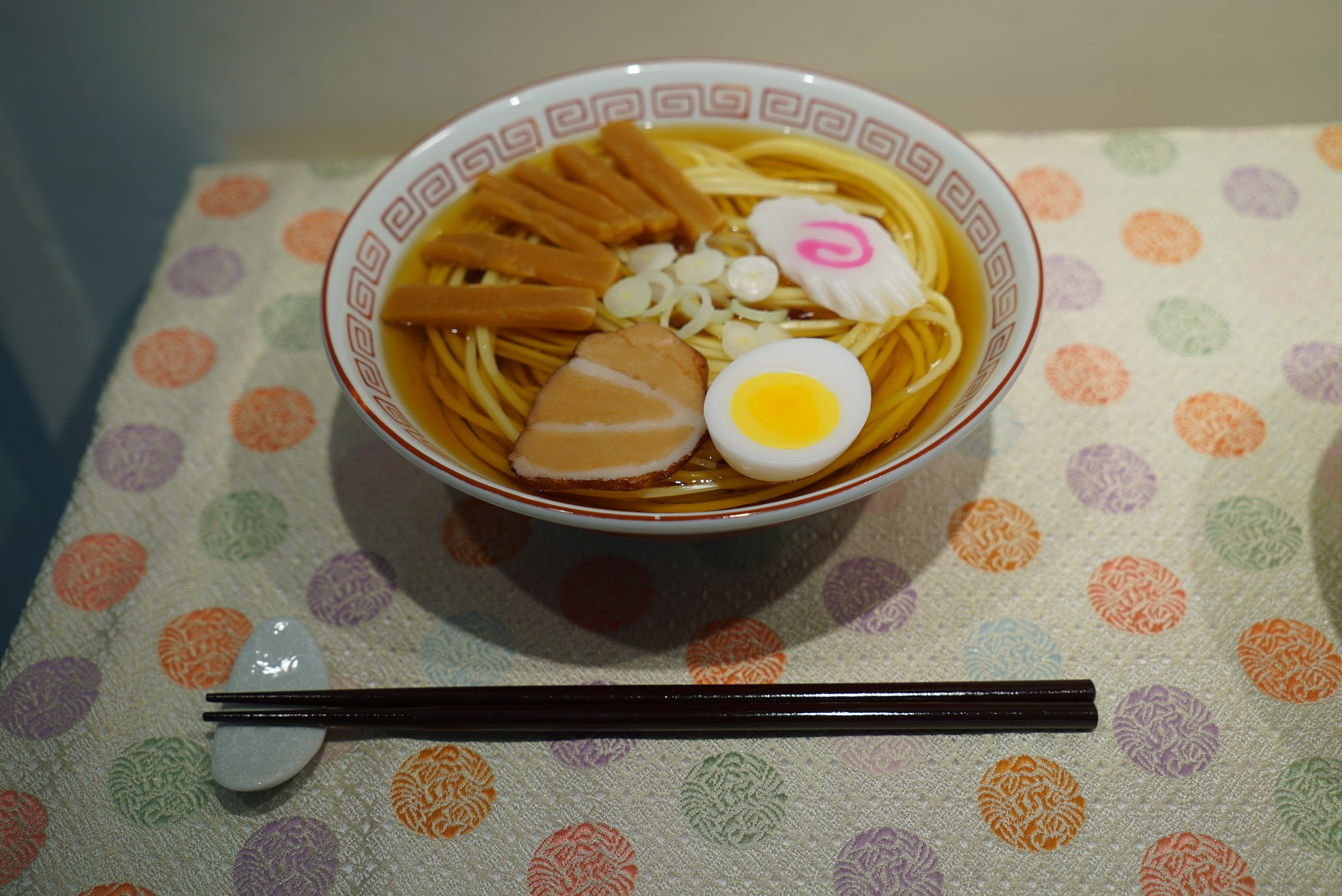上野駅Breakステーションギャラリーの展示について
アンニョンハセヨ〜!みなさん、暑いですね!生きてますか?
English Ver.Annyeon Haseyo ~! Everyone, it is hot! Do you live?
Well, it is an exhibition guide to everyone! Currently I am exhibiting at the Break Station Gallery on Ueno Station Central Garment / Galleria 2nd Floor. It is a plan equivalent to the pre-exhibition of the arts festival which is a scholars festival of Tokyo National University of Fine Arts and Music.
The period is from 8/4 (Sat) to 9/13 (Thu)! I would appreciate it if you can see the latest work by all means when you are nearest to Ueno station!
Super superior place! It also leads to a career as an artist!
Super superior place! It also leads to a career as an artist!
The exhibition flyer is here ↓
Please also come and visit the festival of the performance!
Midsummer, please put yourself all around for yourself! Please take care of heat stroke.
Have a nice day.
Kenzata Ichinose
– – – Below is a corner corner – – –
This work is a work consistent with the lineage of J. Cosus’ work “One and Three Chairs”.
The work “One and Three Chairs” is an art work dealing with concepts and it is classified as conceptual art.
A chair that can sit in the middle, a photograph of a chair at the full size exhibition hall on the left, and a definition of a chair dictionary on the right. These three pieces are arranged side by side. What is a real chair? Is the concept established without words? , I left the margin that the viewer can interpret about the concept and shook the question of what is art.
And this time my work “One and Four Ramen Noodles”
In the middle is golden ramen, on the left is a replica of ramen, on the right is A. Danto’s ‘transformation of ordinary’.
What I meant in this work is what happens when ordinary things turn into art works? about it. What is the difference between art and art? I wanted to shake the question beyond the costume.
Golden noodles
Golden noodles
Ramen (replica)
“The Transfiguration of the Commonplace”
“The Transfiguration of the Commonplace”
It is a wonderful masterpiece translated by my master (Matsuo Univ. / Emeritus Professor, Tokyo University of the Arts). Danto is also known as an esoteric English expression, so it is said that considerable hurdles are high when trying to read in the original work. I also read it in my original book, but it was still a tiny stuff. I read it in translation and it became much clearer.
This time, I used ramen as an example of common things. In this exhibition, I want to recall the four concepts of ramen as a concept, an eatable ramen, an elaborate replica of ramen (polar of Miemessis), art ramen (ramen art), and think about where that art is from We think. Of course, interpretation is entrusted to the viewer, so I think that this should be helpful for interpretation as well.
Recently, the boundary between art and non-art seems to be more ambiguous. I often hear the word Life is Art. I am in that trend, “Human artist declaration! I wrote, but I think that the era has finally caught up with me. Life should be beautiful, our life is also one media. What kind of beautiful work is produced using that media comes from our free will.
World, be beautiful. Take the world, be our art work.
ー ー ー ー ー ー
Today’s conceptual arrangement:
Four ramen concepts
Ramen as a concept
Eaten ramen
An elaborate replica of ramen (Polaris of Mimeses)
Art noodles (ramen art)
* It may be good for everything as a common thing. It may have been okay for the necktie to be treated as “transformation of ordinary things”. However, since the thing that was common among myself was more ramen than a tie, I chose ramen arbitrarily.
さて、みなさんに展示のご案内です!現在、上野駅中央改札・ガレリア2階のBreakステーションギャラリーにて展示を行なっております。東京藝術大学の学祭である藝祭のプレ展示に相当する企画です。
開催期間は、8/4日(土)〜9/13日(木)までです!上野駅に最寄りの際にはぜひ最新作をご覧いただければ幸いです!
本番の藝祭にもぜひいらしてくださいね〜!
盛夏、みなさまにおかれましてはお体ご自愛くださいますよう!熱中症にはお気をつけください。
ごきげんよう。
一ノ瀬健太 拝
– – - 以下は、うんちくコーナー - – –
今回の作品は J.コスースの作品『One and Three Chairs』という作品の系譜に連なる作品です。
『One and Three Chairs』という作品は概念を扱うアート作品であり、コンセプチュアルアートに分類されます。
真ん中の座れる椅子、左の原寸大の展示会場の椅子を撮影した写真、右には椅子の辞書の定義。これら三つが併置された作品です。コスースは、本物の椅子とは何か?ことば無くして概念は成立するのか?、など鑑賞者に概念について解釈できる余白を残し、芸術とは何かという問いを揺さぶりました。
そして、私の今回の作品『One and Four Ramen Noodles』
真ん中にあるのは、黄金のラーメン、左にあるのはラーメンのレプリカ、右にあるのはA.ダントーの『ありふれたものの変容』。
本作品で意図したのは、ありふれたものが芸術作品に変わるときに何が起こっているのか?ということです。芸術と芸術でないものの違いとは何か?と問いをコスース以上に揺さぶってみたかったわけです。
私の師匠(松尾大/東京藝術大学名誉教授)が翻訳をした素晴らしい名著です。ダントーは難解な英語表現でも知られているため原著で読もうとするとかなりハードルが高いと言われています。かくいう私も原著で読んだのですが、やはりちんぷんかんぷんでした。翻訳で読んで、だいぶクリアーになりました。
今回は、ありふれたものの例としてラーメンを用いました。今回の展示では、概念としてのラーメン、食べられるラーメン、ラーメンの精巧なレプリカ(ミーメーシスの極地)、アートラーメン(ラーメンアート)の4つを想起し、そのどこからが芸術であるかを考えてみてほしいと思っております。もちろん、解釈は鑑賞者に委ねられますから、これもひとつの解釈の参考にしていただければと思います。
最近は、芸術と非芸術の境界線はさらに曖昧になってきているように思います。Life is Art ということばもよく聞きます。私もその流れにおり、『人間芸術家宣言!』を書き記したのですが、やっと時代が私に追いついてきたように思います。人生は美しくあるべきであり、私たちの人生もまたひとつのメディアです。そのメディアを使ってどのような美しい作品を生み出すかは私たちの自由意志に由来します。
世界よ、美しくあれ。世界よ、我々の芸術作品となれ。
ー ー ー
本日の概念整理:
4つのラーメン概念
概念としてのラーメン
食べられるラーメン
ラーメンの精巧なレプリカ(ミーメーシスの極地)
アートラーメン(ラーメンアート)
※ありふれたものとしてはなんでもよかったのかもしれません。ネクタイの方が『ありふれたものの変容』でも扱われているのでよかったかもしれません。しかし、ネクタイよりも私の中でありふれたものはラーメンだったので、ラーメンを恣意的に選びました。
Culture You!あ~、世界ってほんと美(たの)しい
お!なかなかいい記事じゃん!と思われた方はアマゾンでお買い物♪












